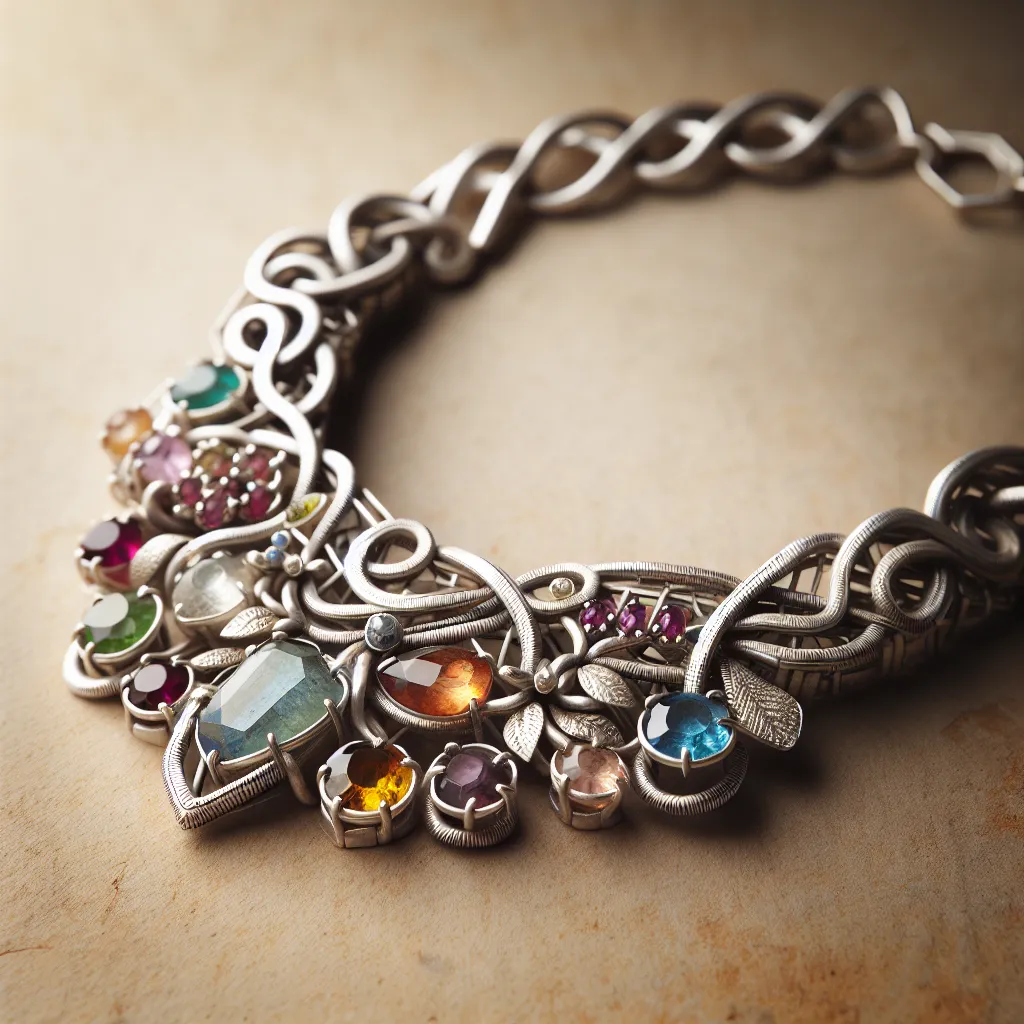The Environmental and Social Impact of Sustainable Jewelry
In recent years, there has been a rising trend in the jewelry industry towards more sustainable and ethical choices. This shift has been driven by increasing consumer awareness of the environmental and social impact of jewelry production. Traditional mining practices have often resulted in deforestation, soil erosion, and water pollution, leading to significant environmental degradation. Moreover, these practices have been associated with human rights abuses and unethical working conditions, particularly in developing countries where the majority of the world’s gemstones are sourced.
Sustainable jewelry, on the other hand, aims to minimize its environmental footprint by using recycled metals and ethically sourced gemstones. Additionally, some jewelry brands are embracing innovative technologies to create lab-grown diamonds and gemstones, which significantly reduces the environmental impact of mining. Furthermore, ethical jewelry producers prioritize fair labor practices and ensure that the workers involved in the production process are treated fairly and paid a living wage.
By choosing sustainable and ethical jewelry, consumers can contribute to the preservation of natural ecosystems, support responsible mining practices, and promote better livelihoods for jewelry artisans and workers. This growing demand for sustainable and ethical jewelry is driving positive change within the industry and highlighting the importance of making conscientious choices that benefit both people and the planet.
Choosing Ethical Jewelry: A Guide to Making Responsible Purchases
Choosing ethical jewelry has become increasingly important as consumers become more conscious of the environmental and social impact of their purchases. When making responsible jewelry choices, it’s essential to consider the sourcing of materials, the production process, and the overall impact on the environment and communities.
One crucial aspect of choosing ethical jewelry is to look for pieces made from recycled metals and gemstones. By opting for recycled materials, you can reduce the demand for new mining, which often has detrimental effects on the environment and local communities. Additionally, supporting brands that use ethically sourced gemstones and conflict-free diamonds ensures that the mining and trading practices meet ethical standards and do not contribute to human rights abuses.
Another key consideration is the production process. Look for jewelry brands that prioritize sustainable and eco-friendly manufacturing practices. This includes using environmentally friendly techniques such as responsible metal recycling, water conservation, and energy efficiency. Furthermore, supporting brands that prioritize fair labor practices and provide safe working conditions for their artisans is vital in making ethical jewelry choices.
When shopping for ethical jewelry, it’s important to seek transparency from the brands regarding their sourcing and production methods. Reputable brands will readily provide information about their supply chain, ethical certifications, and commitment to sustainability. By supporting transparent brands, consumers can have confidence in the ethical and environmental credentials of their jewelry purchases.
Ultimately, choosing ethical jewelry involves making informed decisions that consider the impact on the planet and communities. By prioritizing recycled materials, ethical sourcing, sustainable production, and transparency, consumers can embrace jewelry that not only looks beautiful but also upholds ethical and environmental values.



